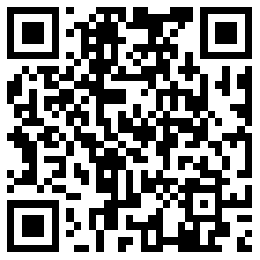1. Lens focal length: when considering the lens index, the scheme designer should comprehensively consider the position, distance, CCD specification of the monitoring target, as well as the image effect of the monitoring target on the monitor, so as to select the lens with the most appropriate focal length. For example, for production line monitoring, it is generally necessary to monitor the objects that are close to each other, and have higher requirements for clarity. In this case, the effect of the fixed focus lens is generally better than that of the zoom lens, so the short focus lens is usually selected. Such as 2.8mm, 4mm, 6mm, 8mm, etc.
For example, when monitoring the indoor target, the focal length selected is not too large, and the manual zoom lens with short focal length is generally selected, such as 3.0-8.2mm, 2.7-12.5mm, etc.; in road monitoring, shorter focal length should be used for multi Lane monitoring, such as 6-15mm; for traffic light license plate monitoring at intersection, corresponding longer focal length should be used, such as 6-60mm; Urban public security monitoring generally requires the use of longer focal length electric zoom lens, such as 6-60mm, 8-80mm, 7.5-120mm, etc.; highway, railway, river, environmental detection, forest fire prevention, airport, coastal defense, etc., generally need to use large zoom lens, such as 10-220mm, 13-280mm, 10-330mm, 15-500mm and 10-1100mm.
2. FOV angle range: the calculation of FOV angle range has a formula. If you know the focal length of lens and CCD size, the FOV angle can be calculated. The lens has such a rule: the larger the focal length, the farther the monitoring is, the smaller the field of view angle is; the smaller the focal length is, the closer the monitoring distance is, the larger the field of view angle is, and the relationship between the focal length and the field angle is inversely proportional. For example, in some projects with manual zoom lens requirements, the field of view angle range is the first to be considered, so the selected focus range is generally determined according to the field angle range. Because the electric zoom lens can control the zoom and focus with the keyboard at any time according to the scene environment, the field of view angle range is not too need to be considered. However, when the initial focal length of the electric zoom lens is too large (such as the starting focal length is more than 20 mm), it is impossible to achieve large-scale monitoring.
3. Aperture of lens: the luminous flux of lens is measured by the ratio of focal length and aperture (F = f / D), marked by F. Each lens is marked with its maximum F value. The smaller the F value, the larger the aperture. For the environment with constant light conditions, fixed aperture lens can be selected, which is generally laboratory environment; for the environment with light intensity change is not obvious, manual aperture lens is often selected, that is, the aperture can be fixed after adjusting to a relatively ideal value; if the illumination changes greatly and needs 24-hour outdoor monitoring, the automatic aperture lens should be selected.
AR0230---1/2.7 HD 2M Wide Dynamic
Fatigue Monitoring Camera Module
Motion DV Camera-720P-120 Degree Wide Angle Camera Module
Night Vision Monitoring Camera Module
Monitoring - Doorbell - Law Enforcement Instrument Camera Module
Ten Thousand Trillion Industrial Camera Camera Module
 13423810014
13423810014
 0755-29433686
0755-29433686
 daming@cameras-module.com
daming@cameras-module.com
 2/F, Building H, Zhiyihan Industrial Park, Yuanling Village, Shiyan Town, Baoan District, Shenzhen 518108
2/F, Building H, Zhiyihan Industrial Park, Yuanling Village, Shiyan Town, Baoan District, Shenzhen 518108


We use cookies to enhance your browsing experience. Continuing to browse indicates that you agree to our cookie policy.




